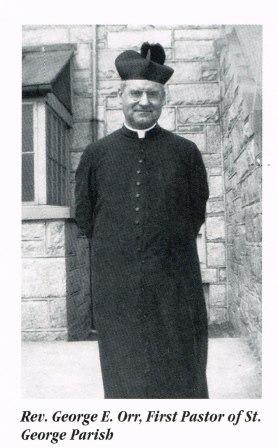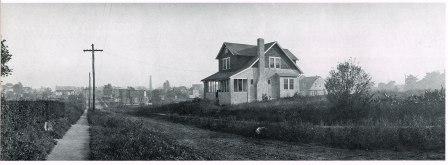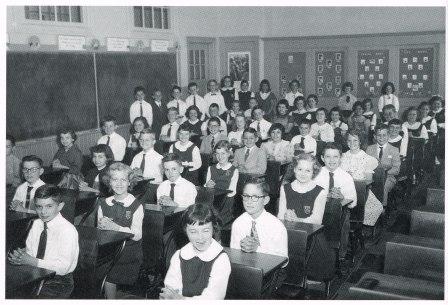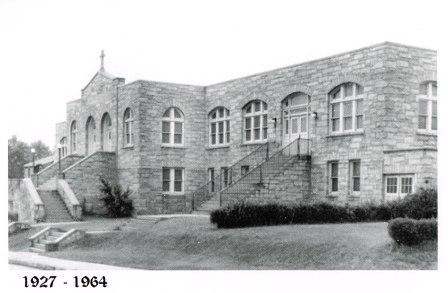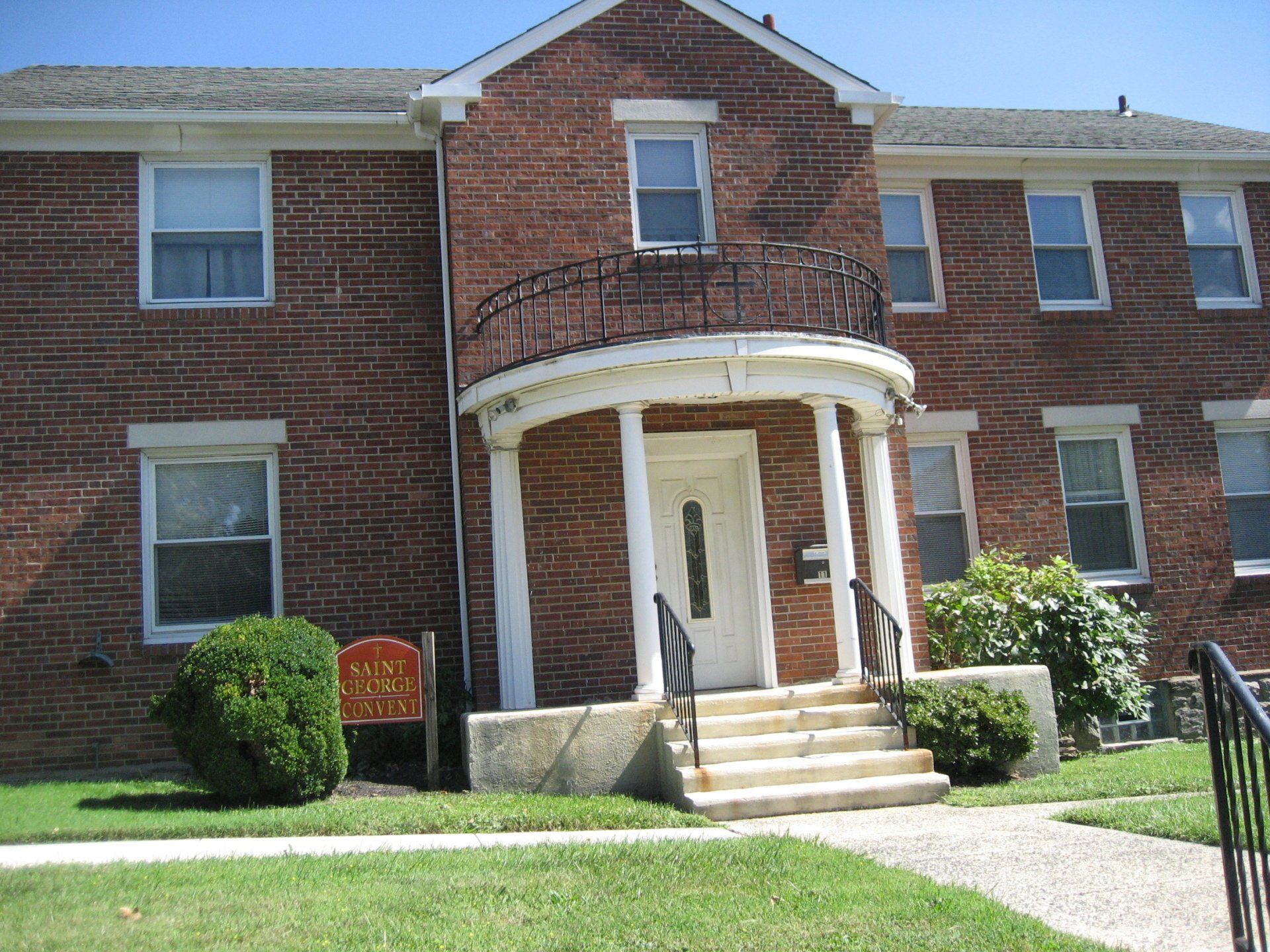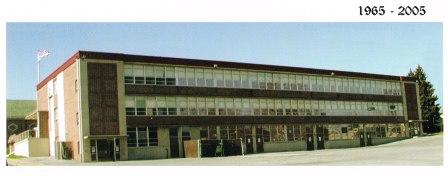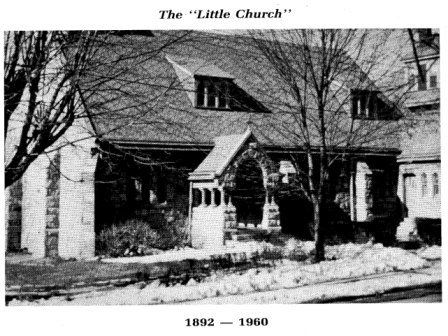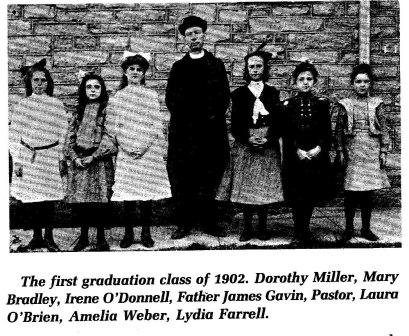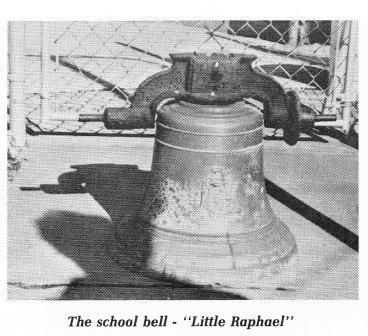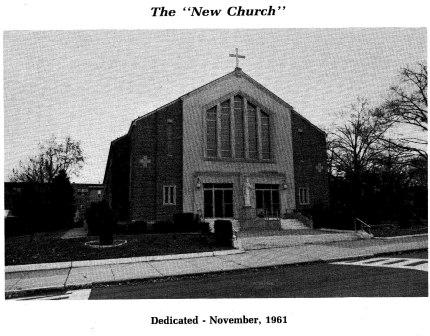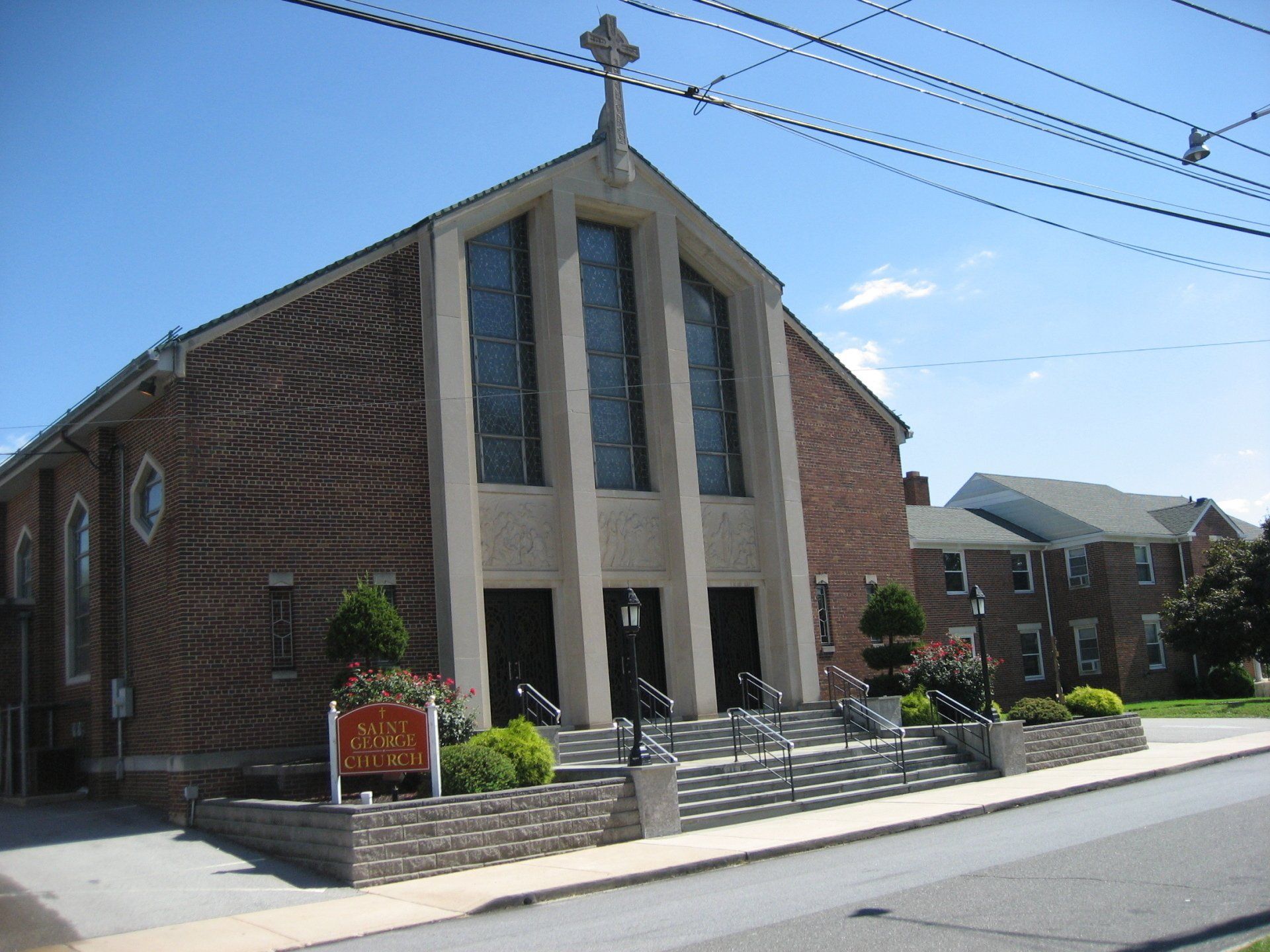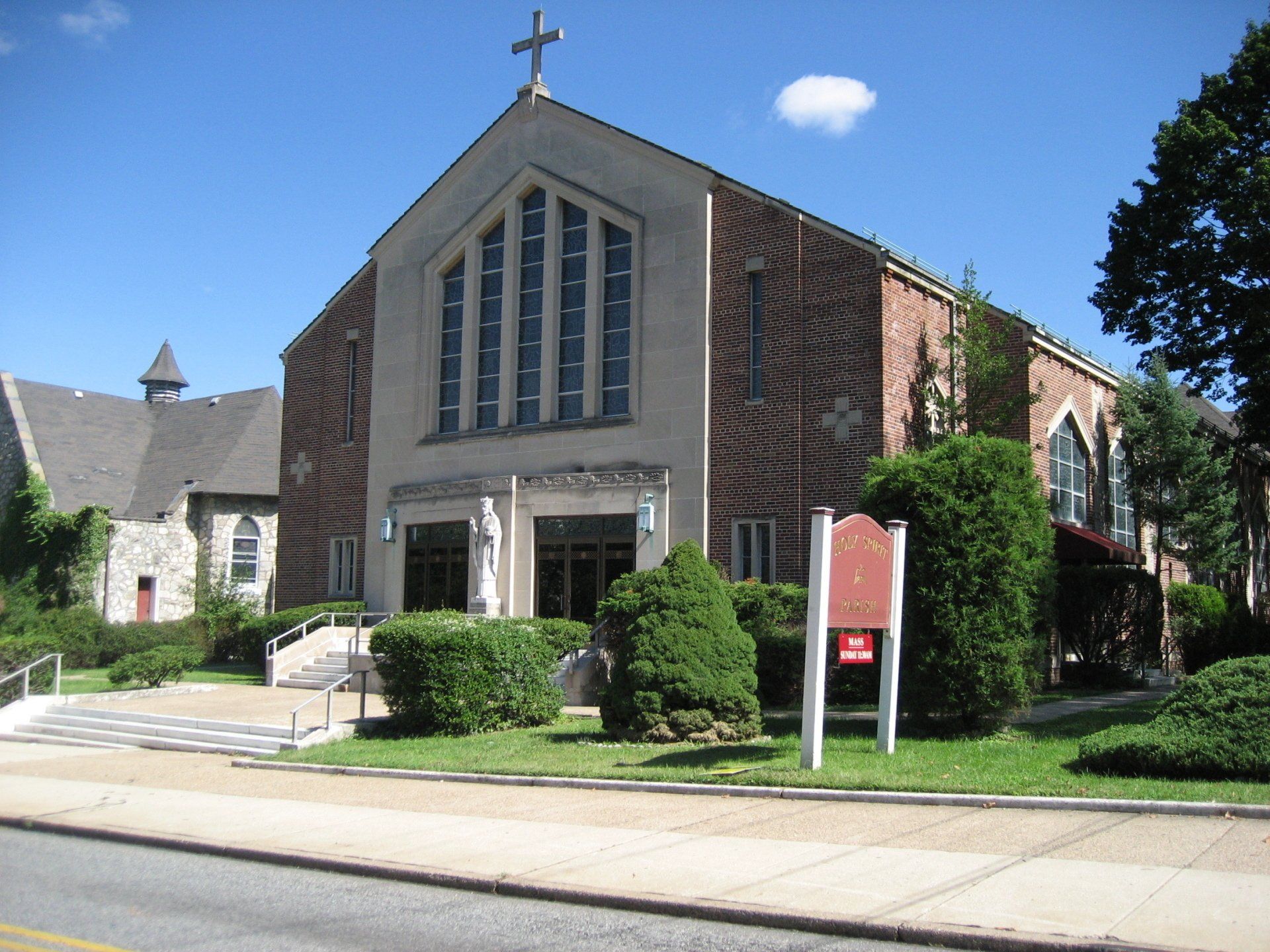Humble Beginnings
"I had never heard of Glenolden." This was the initial reaction of Father George Orr when he was informed of his appointment as founding pastor of Saint George Parish in suburban Delaware County. Monsignor Joseph A. Whitaker, Chancellor of the Archdiocse of Philadelphia, had called Father Orr on the phone on June 2, 1923, and asked him if he would assume the duties of the pastorate. Father Orr, at the time as Assistant Pastor of Immaculate Conception Parish, agreed to the new assignment at once. However, the official letter from Cardinal Dougherty did not arrive until June 6, 1923. It was on that day that Father Orr went to visit Father Josph P. Monville, pastor of Holy Spirit Parish, the parish from which St. George was being formed.
The first order of business was to secure a temporary place to say Mass until property could be bought and buildings erected. This was done by obtaining permission to use Williamson Hall, coated on the second floor of an American Store at Chester Pike and Logan Avenue. The first Masses were celebrated at 8:00 AM and 10:00 AM on Sunday, June 10, 1923, only eight days after Father Orr's appointment. Collecton envelopes were distributed to the parishioners, and the first Sunday colleciton amounted to $88.16. During that same month, the first parish picnic was held. Thus began traditions of fun, friendship, and social gatherings, many of which continue to this day, and which are hallmarks of St. George Parish.
